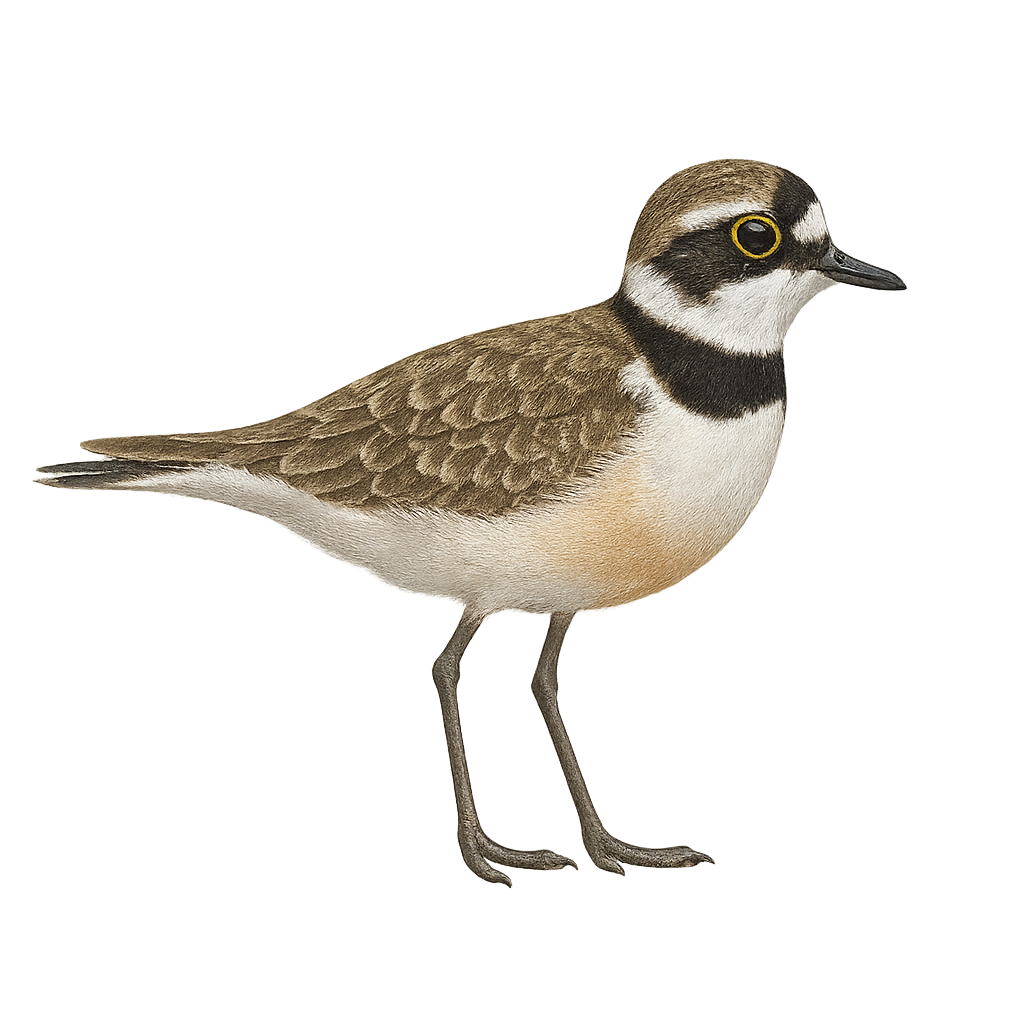Your wildlife photography guide.
Explore the wrybill in detail, study its behavior, prepare your shots.
Where to observe and photograph the wrybill in the wild
Learn where and when to spot the wrybill in the wild, how to identify the species based on distinctive features, and what natural environments it inhabits. The WildlifePhotographer app offers tailored photography tips that reflect the wrybill’s behavior, helping you capture better wildlife images. Explore the full species profile for key information including description, habitat, active periods, and approach techniques.
Wrybill
Scientific name: Anarhynchus thoracicus

IUCN Status: Vulnerable
Family: CHARADRIIDAE
Group: Birds
Sensitivity to human approach: Suspicious
Minimum approach distance: 10 m
Courtship display: September to October
Incubation: 24-26 jours
Hatchings: October to November
Habitat:
Rivers, estuaries, beaches
Activity period :
Primarily active during the day, with peak activity in the morning and late afternoon.
Identification and description:
The Wrybill, or Anarhynchus thoracicus, is an endemic bird of New Zealand, known for its uniquely right-curved bill. This small wader measures about 20 cm in length and weighs between 40 and 60 grams. Its plumage is mainly grey with a white belly and a distinctive black band across the chest. It frequents rivers and estuaries, feeding primarily on insects and small invertebrates. Its ability to move quickly over pebbles and use its bill to probe under stones is remarkable. Unfortunately, this species is threatened by habitat loss and predation by introduced species.
Recommended lens:
400 mm – adjust based on distance, desired framing (portrait or habitat), and approach conditions.
Photography tips:
To photograph the Wrybill, it is advisable to use a telephoto lens of 400 mm or more to capture detailed images without disturbing the bird. The best opportunities often arise along rivers and estuaries where these birds feed. Be patient and discreet, approaching slowly to avoid scaring them. Take advantage of times of the day when natural light is soft, such as early morning or late afternoon, to achieve well-lit and contrasted shots.
The WildlifePhotographer App is coming soon!
Be the first to explore the best nature spots, track rutting seasons, log your observations, and observe more wildlife.
Already 1 439 wildlife lovers subscribed worldwide

